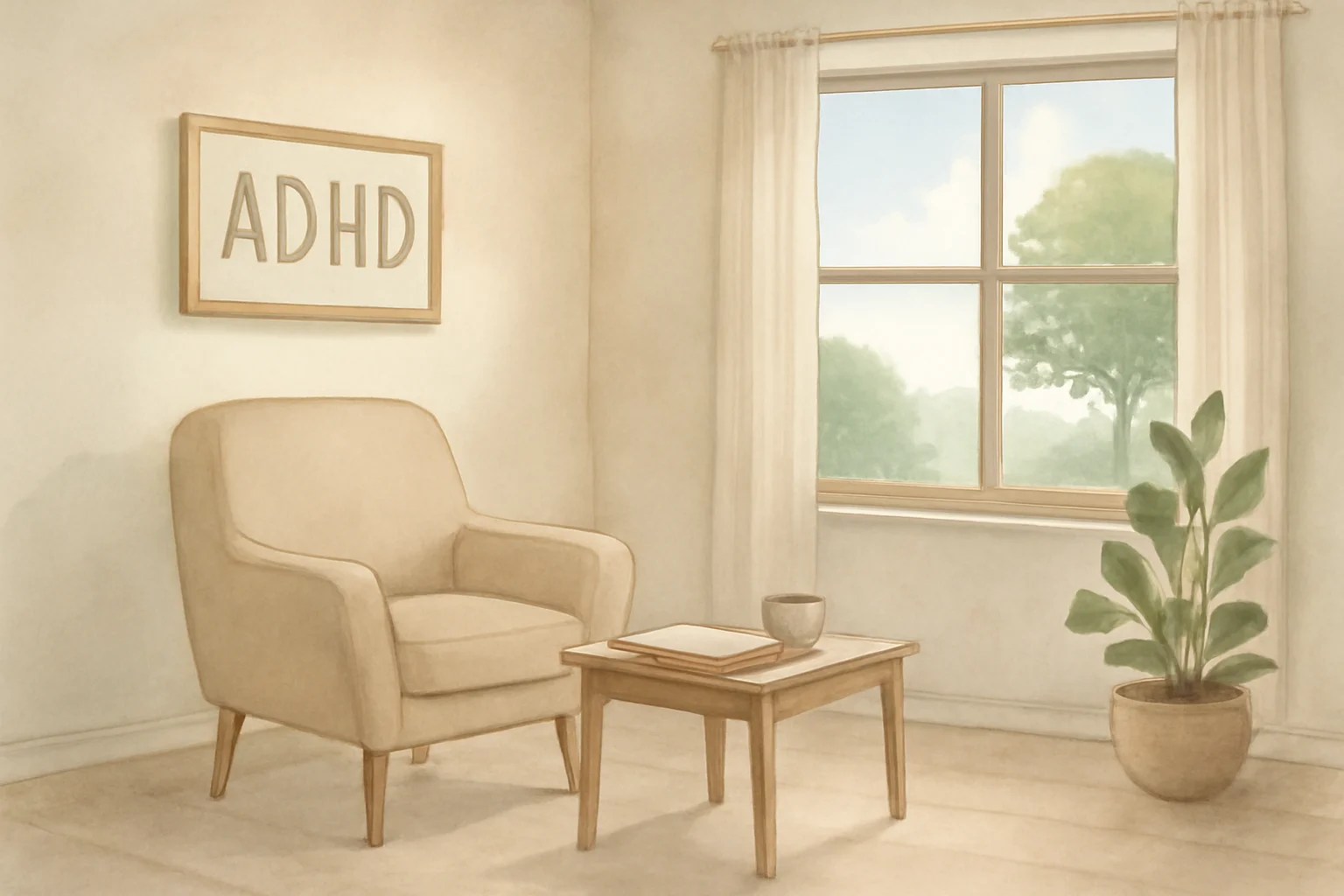
The Meaning and Understanding of ADHD: Symptoms and Treatment Options
The attention deficit hyperactivity disorder (ADHD) is an increasingly common diagnosis in modern society, affecting both children and adults. The disorder not only involves difficulties in focusing attention but also presents challenges in managing behavioral patterns and emotional responses for those affected. ADHD is a complex condition that can manifest with a variety of symptoms and consequences, often resulting from a combination of environmental factors, parenting methods, and genetic predispositions.
Society is increasingly recognizing the existence and impacts of ADHD, but stigmatization and misunderstandings surrounding the topic are still widespread. Many do not realize that ADHD is not just about hyperactivity; attention deficits, impulsivity, and organizational difficulties also play central roles. Along with this, there are numerous methods for managing the disorder, including medication therapies, psychological support, and behavioral therapy approaches.
Symptoms of ADHD
The symptoms of ADHD can vary widely and depend on the individual’s age, gender, and personal characteristics. The most common symptoms include distractibility, hyperactivity, and impulsivity.
Distractibility often manifests in learning environments, where the child easily loses focus during tasks. It is common for affected individuals to be unable to complete their tasks because they are distracted by other, more interesting things. This does not apply only to children; many adults also struggle to maintain attention in their workplaces, which affects their performance.
Hyperactivity is another characteristic symptom that most commonly manifests in children. Children with ADHD are often in constant motion, have difficulty sitting still, and frequently talk excessively. This behavior not only impacts learning but also social relationships, as peers and adults often find it challenging to manage this type of impulsive behavior.
Impulsivity is also characteristic of ADHD. Affected individuals tend to make immediate decisions without considering the consequences. This behavior can lead to serious problems, such as accidents or social conflicts.
The severity of symptoms and their onset can vary and often present in childhood. A comprehensive evaluation by a specialist is generally required to diagnose ADHD, taking into account various symptoms and the patient’s medical history.
Diagnosis and Evaluation of ADHD
Diagnosing ADHD is not always straightforward, as symptoms can often resemble those of other mental disorders or behavioral problems. The diagnosis typically involves several steps, including assessing the medical history, behavioral observations, and completing various tests and questionnaires.
The first step involves collaboration among parents, educators, and the child’s healthcare professional. Parents and teachers can provide detailed information about the child’s behavior, performance, and social interactions. This helps the specialist understand how the child’s symptoms affect their daily life.
During the diagnosis, various tests may also be used to assess the levels of attention and impulsivity. These tests usually consist of standardized questionnaires and scales that allow the specialist to compare the child’s behavior to normal developmental patterns.
It is important to note that the diagnosis of ADHD does not only indicate the presence of symptoms but also considers how significantly these symptoms affect the child’s life, such as their academic performance and social relationships.
Following the diagnosis, the specialist may suggest treatment options that are tailored to reflect the child’s needs and circumstances.
Treatment Options for ADHD
Treating ADHD is a complex process that includes both medication therapy and psychological support. The treatment plan is typically developed by the specialist, considering the individual needs of the patient and the severity of the disorder.
Medication treatment usually begins with stimulants, which help improve attention maintenance and reduce hyperactivity. These medications, such as methylphenidate and amphetamines, target the central nervous system and generally take effect quickly. Parents and professionals often notice significant improvements in the child’s attention abilities and behavior after starting medication.
In addition to medication, psychological support also plays a key role. Behavioral therapy, cognitive-behavioral therapy, and programs aimed at developing social skills can help children with ADHD better manage the symptoms of the disorder. These therapies are beneficial not only for children but also for parents, as they can help them understand how to support their children in everyday life.
It is essential that the treatment plan is regularly reviewed and modified as necessary, as the development and needs of children with ADHD can change over time. Family support and an appropriate school environment are also crucial for successful treatment.
Note: This article does not constitute medical advice. Always consult your doctor or healthcare professional for health issues.

